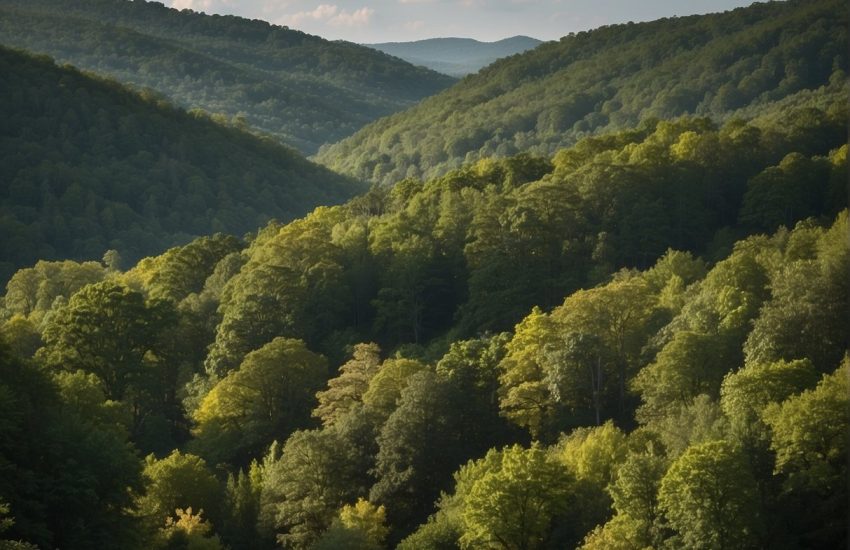New Aster: A Breakthrough in Plant Breeding Technology
New Aster is a native North American perennial that belongs to the Symphyotrichum genus. This plant has been gaining popularity among gardeners and landscapers due to its attractive appearance and low maintenance requirements. New Aster is a member of the Asteraceae family and is known for its showy, daisy-like flowers that bloom in late summer and early fall.

New Aster has a bushy growth habit and can reach a height of up to three feet. The plant produces numerous stems that are covered in small, lance-shaped leaves. The flowers are typically blue or purple, but can also be pink or white, and attract a variety of pollinators such as bees and butterflies. New Aster is easy to grow and can tolerate a wide range of soil types and growing conditions, making it a versatile addition to any garden or landscape.
Cultivation and Care
Planting and Soil Requirements
New Aster plants are easy to grow and care for, making them a popular choice for gardeners. They are hardy in USDA hardiness zones 4 through 8 and thrive in full sun to partial shade. New Asters prefer moist, well-draining soil with a pH range of 5.5 to 7.5. They can tolerate a range of soil types, including clay and sand.
When planting New Aster, ensure that the soil is moist but not waterlogged. Dig a hole that is twice the size of the plant’s root ball and place the plant in the hole. Fill the hole with soil, ensuring that the plant is level with the ground. Water the plant thoroughly and add a layer of mulch to retain moisture.
Maintenance and Growth
New Aster plants require minimal maintenance to grow and thrive. They are self-seeding and can spread quickly if left unchecked. However, they can be easily divided in the spring or fall to control their spread.
To promote healthy growth, fertilize New Aster plants in the spring with a balanced fertilizer. Prune the plants in the spring to remove any dead or damaged branches. Staking may be necessary to support the plants as they grow taller.
New Aster plants bloom in late summer to early fall and attract bees and butterflies to the garden. They are drought-tolerant and can withstand high temperatures and humidity. However, they prefer moist soil and may require additional watering during periods of drought.
Overall, New Aster plants are a low-maintenance and beautiful addition to any garden. With proper care and maintenance, they can provide years of stunning blooms.
Species and Varieties
Common Types and Traits
New Aster, also known as Symphyotrichum novae-angliae, is a species of flowering plant in the family Asteraceae. Its daisy-like flowers bloom in late summer and early fall, with colors ranging from purple and pink to blue, white, and violet. The foliage of the New Aster is green and the leaves shed annually.
One of the most popular varieties of New Aster is the Purple Dome, which is known for its compact growth habit and vibrant purple flowers. Another popular variety is Alma Potschke, which has rose-pink flowers and is a favorite among pollinators like bees and butterflies.
New Aster is a wildflower that is commonly found in meadows and other open habitats. It is native to North America and is an important source of nectar for many pollinators.
Wildlife and Ecosystem Impact
New Aster has a significant impact on wildlife and ecosystems. Its brightly colored flowers attract a wide variety of pollinators, including bees and butterflies. These pollinators play an important role in maintaining healthy ecosystems by helping plants reproduce.
In addition to its importance to pollinators, New Aster is also an important food source for many wildlife species. Its seeds are eaten by birds and small mammals, while its foliage provides cover and nesting habitat for many species.
Overall, New Aster is an important and valuable plant species that plays a critical role in maintaining healthy ecosystems. Its beautiful flowers and importance to wildlife make it a popular choice for gardeners and conservationists alike.


